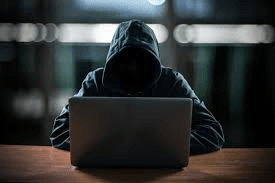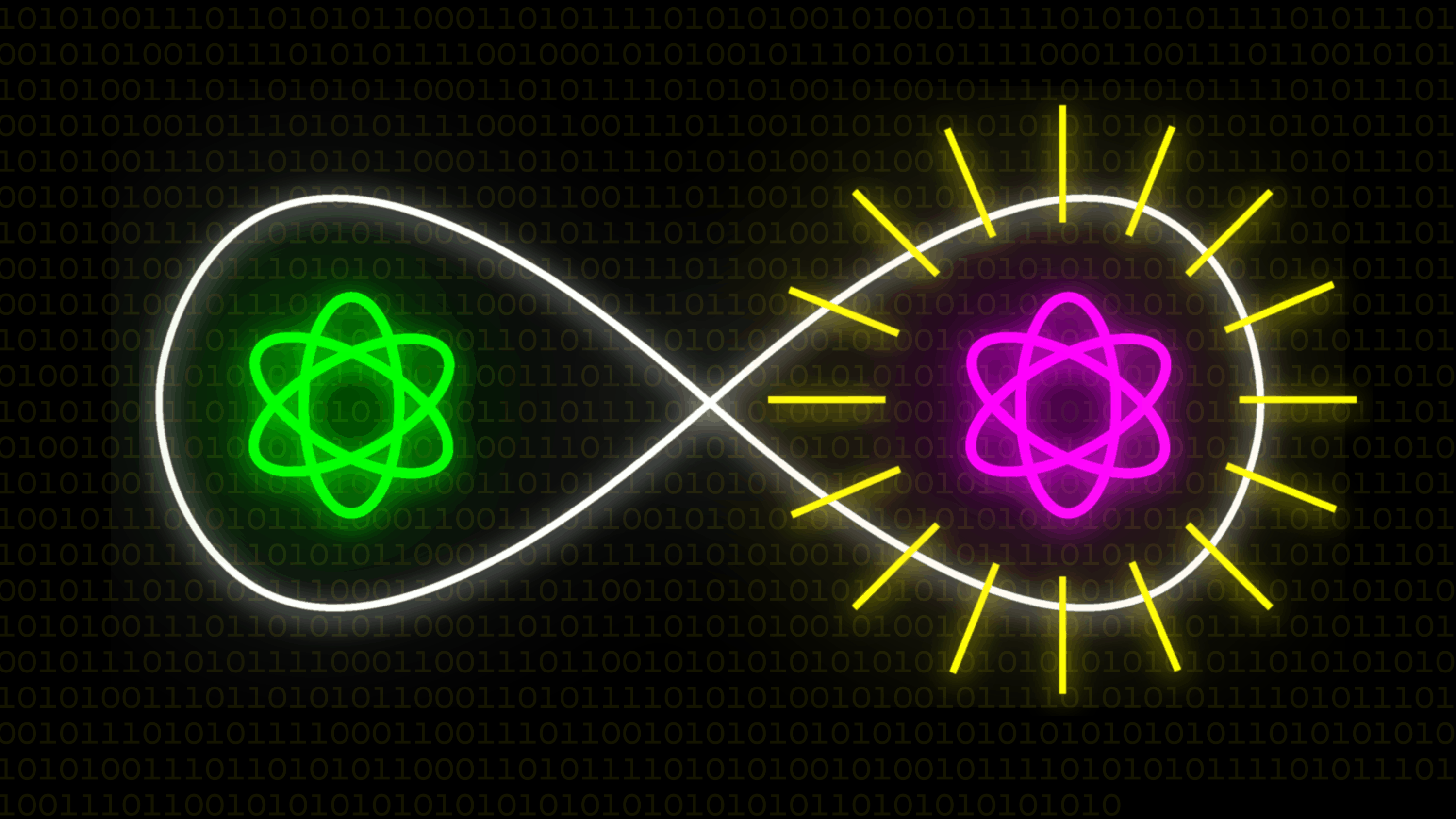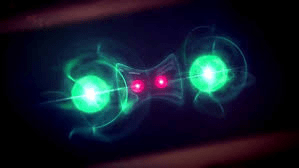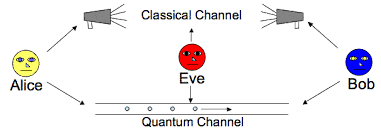
Everyone dreams of being 100% sure about the Internet is safe. Unfortunately, the Internet like any other entity is prone to various dangers. Even the VVIPs’ accounts across the globe are not safe from the threats which the Internet is susceptible to.

But what if you get to surf a totally secure internet which is free from any threats of hacking?
Well, you really don’t have to think and speculate about this anymore because scientists are about to create a hacker-proof quantum internet.
The method of securing the communication over the Internet or online communication as it’s called in the layman language is based on the laws of physics, which explains why this internet is called a hack-proof quantum internet. The method devised by a team led by the University of Bristol in the UK aims to provide an interception proof transmission of any message over the Internet.

Their work was termed as a “massive breakthrough” that made the quantum internet possible, by the study’s lead author Dr. Siddarth Joshi, of the university’s Quantum Engineering Technology (QET) Labs.
Till now securing the transmission of data over the Internet required a huge amount of money(say in the form of security software), a large number of resources, and a lot of research. However not much could be achieved despite enormously spending on all the above-stated security measures. We at a certain point have to sacrifice the security, knowingly or unknowingly while using the Internet.
The quantum model of the Internet is “scalable, relatively cheap and, most important of all, impregnable,” shared Joshi, adding that “it’s an exciting game-changer and paves the way for much more rapid development and widespread rollout of this technology.”
Also Read: Internet Urge! Remote Schooling Out Of Reach For Many Students
In short, this is far cheaper than all the previous attempts and promises which were claims to make the Internet hacker-proof.
With the hackers always a step ahead than all the solutions to secure the Internet, this method is indeed a stepping stone towards having a secure Internet by surpassing the hackers. The method has been into the cover stories of various tech blogs and is under extensive research across the globe for a long time now. However, it hasn’t been designed to be used by the common people until now.

As recorded from a 2018 post by technologyReview, the US got its first hacker-free Internet in 2018. The method which was devised by a start-up called Quantum Exchange “works by sending an encoded message in classical bits while the keys to decode it is sent in the form of quantum bits, or qubits” wrote the technologyReview.
The question arises, what are the basic phenomena behind getting a hacker-proof Internet?
Well, quantum teleportation completely removes the chances of a phenomenon called entanglement. Basically this phenomenon connects the entangled particles even when they are separated by large distances. This would make the actions performed on one affect the other. Hence two different particles can mimic each other.
This system allows you to prioritize your connections and control the network with the help of traffic management.
Quantum Key Distribution method:
This method provides secure encryption and relies on transmitting photons – particles of light. The communication will take place between the legitimate users with the help of a secret key, which will be known only to the valid users who can access the information. Without this secret key, the encryption of the information cannot take place.

However, this method is having a major disadvantage in the form of a large infrastructure requirement, without which it cannot expand.
Each user requires a separate transmitter and receiver.
In reference to the technologies which work on the principle of quantum key distribution, Dr.Joshi highlighted the drawbacks associated with them. He said- “Sharing messages in this way, known as trusted nodes, is just not good enough because it uses so much extra hardware which could leak and would no longer be totally secure…”
The major difference between the QUANTUM Internet method and other methodologies.

“Instead of having to replicate the whole communication system, this latest methodology, called multiplexing, splits the light particles, emitted by a single system, so they can be received by multiple users efficiently,” explained Dr. Joshi.
The researchers were successful in establishing a network based on multiplexing with eight users that only needs eight receiver boxes, not 56 as would be the case under the old approach. This relied on the existing technology, thereby reducing the overall cost and hardware requirements.
The relatively low costs allow the multiplexing entanglement technology to be scaled up widely, propose the scientists, who think they can be “serving not just hundreds or thousands, but potentially millions of users in the not too distant future,” as stated by Dr. Joshi.
The new network was made in just months for under $400,000, which is too little in comparison to the previous methods which required an investment of millions of bucks and years of development.